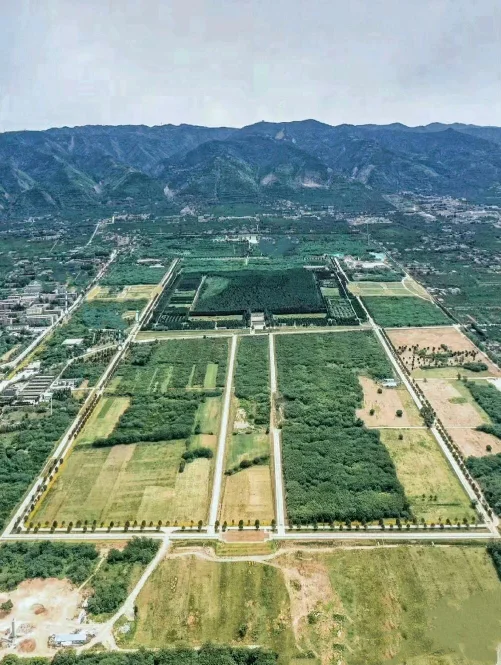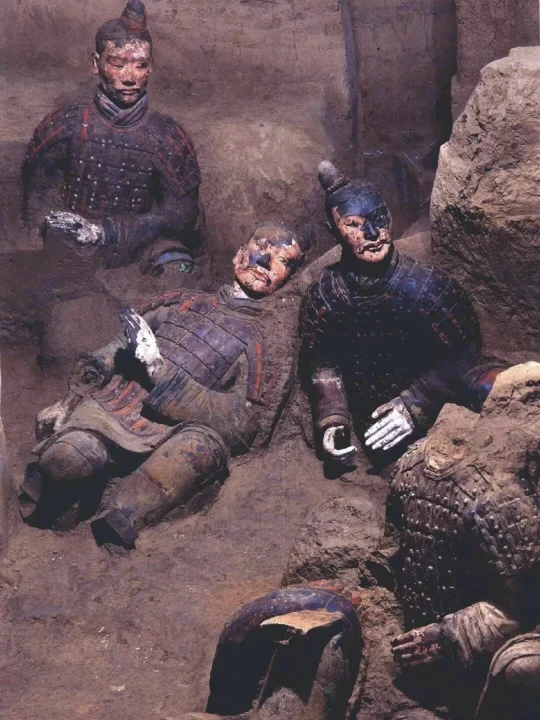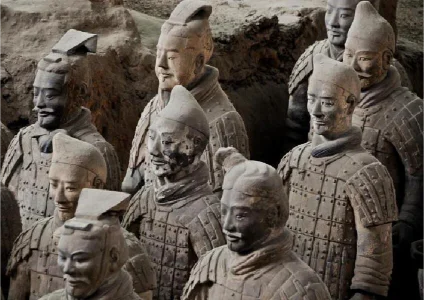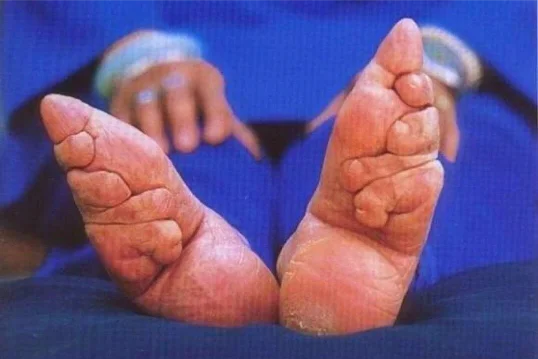Qin Shi Huang’s mausoleum was discovered as early as 1974, so why has no expert dared to excavate it?
The first reason is the sheer scale of the mausoleum. According to historical records, the construction of Qin Shi Huang’s mausoleum began shortly after he ascended to the throne. The project involved 720,000 laborers and took 39 years to complete.
Experts have measured the area of Qin Shi Huang’s mausoleum at 56 square kilometers; equivalent to the size of 78 Forbidden Cities.

Since the discovery of the Terracotta Army pits near Qin Shi Huang’s tomb, archaeologists have only excavated three of them, which account for just 1/1000th of the entire mausoleum area. Excavating those pits alone has taken 50 years. Archaeology is not treasure hunting; it involves meticulously cleaning artifacts with fine brushes. The current manpower is far from enough to fully excavate this mausoleum.

The second reason is the lack of preservation technology, which raises concerns about damage to the artifacts. According to records, the underground palace of the tomb contains countless treasures, which is beyond doubt given its vast scale.
However, these items have been buried underground for more than 2,000 years in a sealed environment. If the tomb were suddenly opened, the artifacts would be exposed to oxygen, causing chemical reactions that would accelerate their decay. The artifacts would inevitably suffer serious damage.
Large-scale archaeological excavations like this usually require sealed excavation techniques. But the underground palace of Qin Shi Huang’s tomb is as large as 17 football fields, and with current technology, it is impossible to conduct such an excavation in a sealed manner.
For example, the Terracotta Warriors, when first unearthed, were vibrant and lifelike, adorned with bright colors. However, after being exposed to air for the first time in over 2,000 years, the warriors quickly oxidized and lost their color, turning into the dull gray figures we see today.

Some of the artifacts are made from natural materials; plants, animals, or textiles, including wooden documents, bamboo slips, and lacquerware, all of which are difficult to preserve.
Excavating the tomb recklessly would result in a sudden change in temperature, humidity, and light, which could cause irreversible damage to the artifacts.
There are many examples of artifacts being destroyed in similar situations. In 1956, Guo Moruo, who was the head of the Institute of History, suggested excavating the Dingling Mausoleum of the Thirteen Imperial Tombs. Due to the lack of archaeological expertise at the time, no protective measures were taken. Once air entered the space that had been sealed for nearly 300 years, more than half of the 3,000 unearthed artifacts were oxidized and decayed. This was an extremely painful lesson.
Since then, the China National Cultural Heritage Administration has only allowed rescue excavations to protect cultural relics.
The third reason is due to the presence of mercury. China launched the 863 Qinling Archaeological Project in 2002, which gathered over 100 top experts in archaeology and geology. Using advanced remote sensing and geophysical techniques, they conducted non-invasive surveys of the tomb’s burial mound. The team drilled more than 50,000 small holes around the tomb. The results showed that the underground palace is built in a nine-tiered structure, rising 30 meters high, with wooden and bluestone materials, reflecting the emperor’s status.
According to the Records of the Grand Historian, the ceiling of Qin Shi Huang’s underground palace is decorated with a map of the stars, while below, mercury rivers and seas simulate the geography of China. This design was meant to symbolize that Qin Shi Huang could rule over the land even in death, observing the heavens above and the earth below just as he did in life.

When archaeologists tested the surrounding soil, they found that mercury levels increased the closer they got to the mausoleum’s core, indirectly confirming the presence of these mercury rivers.
We all know that mercury is highly toxic, and after being sealed underground for over 2,000 years, the tomb is likely filled with poisonous gases.
So why did Qin Shi Huang choose to decorate his tomb with toxic mercury?
This was due to the ancient pursuit of immortality. Alchemists of the time believed in Daoist methods that involved converting cinnabar into mercury and then back into cinnabar, representing a cycle of rebirth. This led them to mistakenly view mercury as an elixir of immortality, placing it in the tomb in the hope that it would help Qin Shi Huang achieve resurrection.
The fourth reason is the numerous hidden traps within the tomb, deterring even tomb robbers from attempting to enter it.
According to the Records of the Grand Historian, Qin Er Shi, the second emperor of the Qin Dynasty, was worried that the craftsmen who built the tomb would reveal its secrets. After Qin Shi Huang’s burial, he ordered that they all be sealed inside, burying the tomb’s secrets with them.
If anyone were to enter the tomb and trigger the traps, a rain of arrows would be unleashed, making survival nearly impossible. This is one of the reasons why experts still hesitate to excavate Qin Shi Huang’s tomb to this day.




